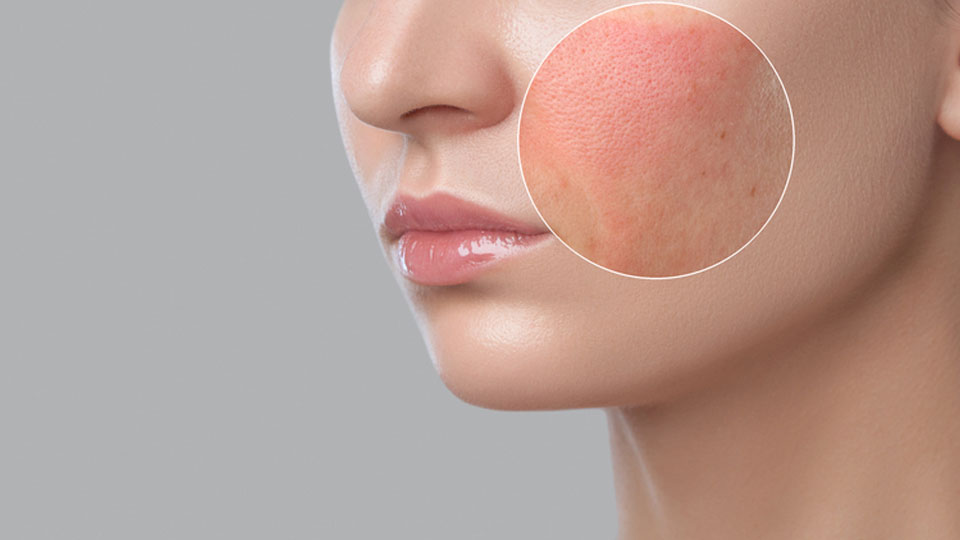Skin Pigmentation Treatment In Mumbai

What is Skin Pigmentation?
Skin pigmentation is the color of the skin due to the presence and distribution of melanin. Melanin has an important role in protecting and shielding the skin from the harmful effects of ultraviolet (UV) radiation and determines individual skin tones and variations.
Types of Skin Pigmentation
- Hyperpigmentation: This condition involves darkening of the skin due to excess melanin production. Types of hyperpigmentation include melasma, sunspots, post-inflammatory hyperpigmentation, and age spots.
- Hypopigmentation: Hypopigmentation refers to lighter or white patches on the skin caused by a decrease in melanin production. Conditions like vitiligo and albinism are examples of hypopigmentation.
- Mixed Pigmentation: Some individuals may experience a combination of hyperpigmented and hypopigmented areas on their skin, known as mixed pigmentation.
Causes of Skin Pigmentation
- Sun Exposure: Overexposure to UV radiation from the sun stimulates melanin production, leading to sunspots and freckles.
- Hormonal Changes: Pregnancy, hormonal therapies, and contraceptives can trigger hyperpigmentation.
- Post-Inflammatory Responses: Skin injuries, acne, eczema, or allergic reactions may lead to PIH, causing dark spots in affected areas.
- Genetic Factors: Certain genetic conditions or predispositions can influence melanin production and pigmentation patterns.
- Age: As skin ages, melanocyte activity may fluctuate, resulting in age spots and uneven pigmentation.
Signs of Skin Pigmentation Issues
- Dark patches or spots (hyperpigmentation)
- Light or white patches (hypopigmentation)
- Uneven skin tone
- Freckles or sunspots
- Discoloration following skin injuries or inflammation
Causes of Skin Pigment Treatments
- Improved Skin Tone
- Enhanced Confidence
- Youthful Appearance
- Reduced Hyperpigmentation
- Minimized Hypopigmentation
- Long-Term Results
- Improved Skin Health
Approximate Cost of Skin Pigmentation
Here's an approximate cost range in INR:
- Topical Treatments: ₹500 to ₹3,000 per month (varies based on product and duration of use)
- Chemical Peels: ₹1,000 to ₹5,000 per session
- Laser Therapy: ₹3,000 to ₹15,000 per session
- Microdermabrasion: ₹2,000 to ₹8,000 per session
- Microneedling: ₹3,000 to ₹10,000 per session
Costs may also vary based on the expertise of the practitioner and the clinic's facilities.
FAQs
While some treatments can provide long-lasting results, pigmentation issues may recur over time due to factors like sun exposure, hormonal changes, or genetic predispositions. Maintenance and follow-up treatments may be necessary.
Most types of pigmentation, including hyperpigmentation and some forms of hypopigmentation, can be treated effectively with the appropriate interventions. However, complete eradication of pigmentation may not always be possible, especially in cases of certain genetic conditions.
Treatment appropriate for an individual may vary based on skin type, pigmentation severity, and underlying health factors. Dermatologists or skincare specialists can assess individual cases and recommend suitable treatment options.
When performed by qualified professionals using approved techniques and equipment, skin pigmentation treatments are generally safe.
The timeline for noticeable results varies depending on the type of treatment, individual skin response, and treatment goals. Some treatments may show immediate improvements, while others may require multiple sessions for optimal results. Patients should follow recommended aftercare practices for best outcomes.
Explore skin pigmentation, its types, causes, and conditions like hyperpigmentation and hypopigmentation at Alana Clinic, Ghatkopar, Mumbai, by Dr. Sweta Sinha.
